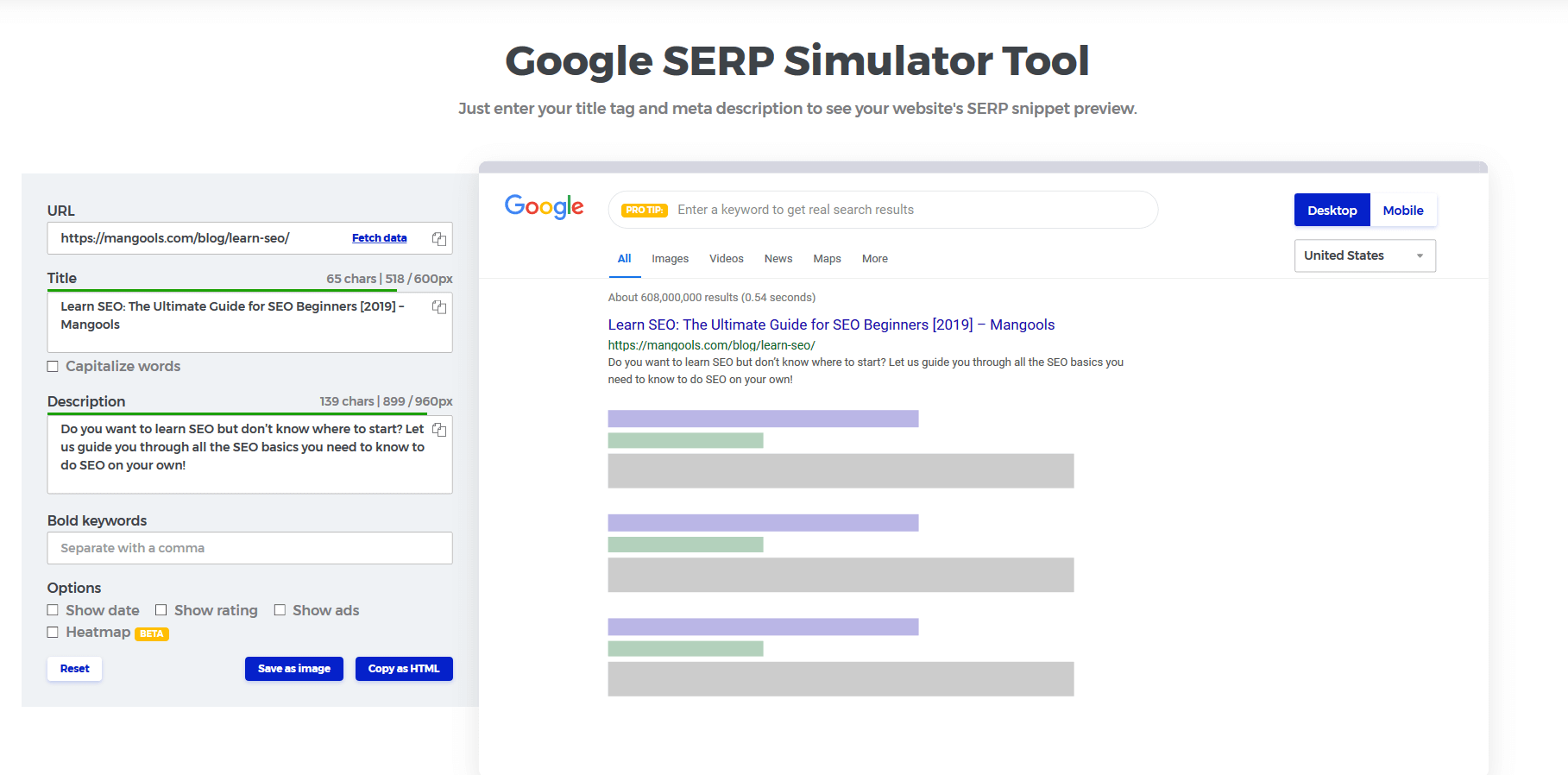

- Word 2011 for mac mail merge suppress blank lines series#
- Word 2011 for mac mail merge suppress blank lines windows#
Several users that we’re encountering this particular issue have reported that they were able to resolve the issue permanently by navigating to Microsoft Office Template folder inside the Roaming folder and renaming the Normal.dotm file with the. One of them is bound to resolve the issue in your particular scenario. Down below, you’ll find a collection of methods that other users in a similar situation have successfully deployed to get around this error message.įor the best results, we advise you to follow them in the order that they are presented in – the potential fixes are ordered by efficiency and severity. If you’re currently struggling to resolve the ‘There is Insufficient Memory or Disk Space’ error, this article will provide you with several troubleshooting steps. If this scenario is applicable, you will be able to resolve the issue by identifying the culprit and remove it from your add-ins list.
Word 2011 for mac mail merge suppress blank lines series#
In this case, you can either create a policy via Registry Editor or use a series of Powershell commands to grant the necessary permissions. Insufficient permissions on the font folder– Another popular scenario in which this error might appear is if the fonts folder doesn’t have the necessary permissions.If this scenario is applicable, you should be able to resolve it by repairing the Office installation via Programs and Features. Broken Office Installation – An incomplete or a crippled installation (as a result of an AV scan) can also trigger this particular error message.
Word 2011 for mac mail merge suppress blank lines windows#
In this case, you can resolve the issue by forcing Windows to create a new. This error will typically get thrown in Word in those cases where the default font styles can’t be loaded.

Word data file is a data source you can create on the fly, within Word. See Use Outlook contacts as a data source for a mail merge Outlook Contact List contains data in a format that can be read by Word. For more info, see Prepare your data source in Excel for a mail merge in Word for Mac. Excel spreadsheets and Outlook contact lists are the most common data sources, but if you don't yet have a data source, you can type it up in Word, as part of the mail merge process.Įxcel spreadsheet works well as a data source if all data is on one sheet and the data is formatted so that it can be read by Word. Your first step in setting up a mail merge is to pick the source of data you'll use for the personalized information. This type of document is also called a catalog merge.Ĭreate a directory of names, addresses, and other information Use it to print out your contact list, or to list groups of information, like all of the students in each class. You'll be sending the email directly from Word.Įnvelopes or Labels where names and addresses come from your data source.Ĭreate and print a batch of envelopes for mailingĬreate and print sheets of mailing labelsĭirectory that lists a batch of information for each item in your data source. Each letter prints on a separate sheet of paper.Ĭreate and print a batch of personalized lettersĮmail where each recipient's address is the only address on the To line. Letters that include a personalized greeting. Follow the links for details about each type: Word provides tools for incorporating your data into the following kinds of documents.

Use Outlook contacts as a data source for a mail merge If you know you'll be using Excel or Outlook as the source of your data, see: If you don't yet have a data source, you can even type it up in Word, as part of the mail merge process.įor details about data sources, see Data sources you can use for a mail merge. Excel spreadsheets and Outlook contact lists are the most common data sources, but any database that you can connect to Word will work.


 0 kommentar(er)
0 kommentar(er)
